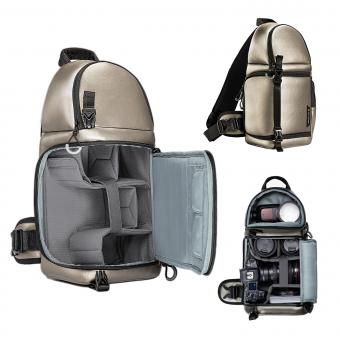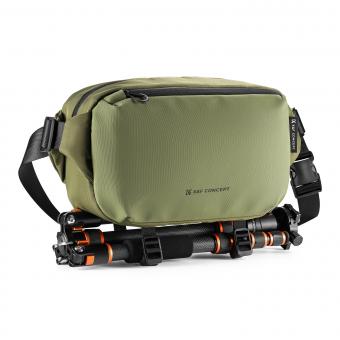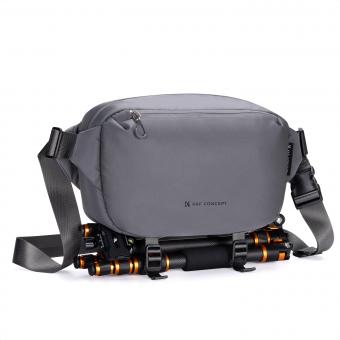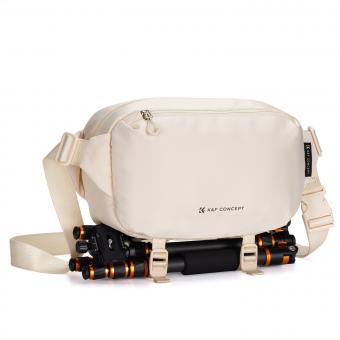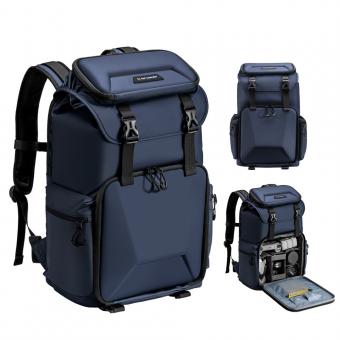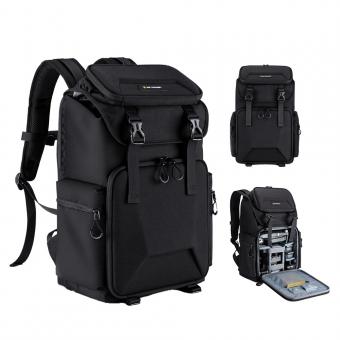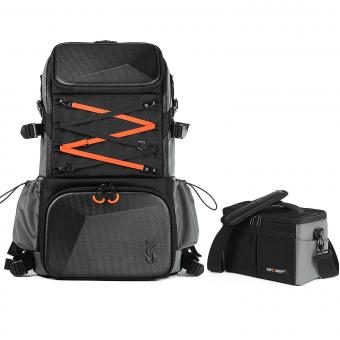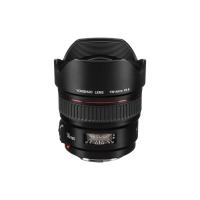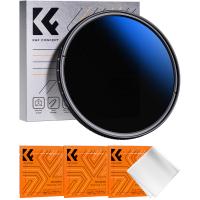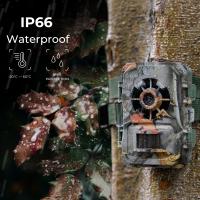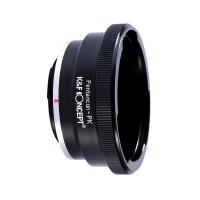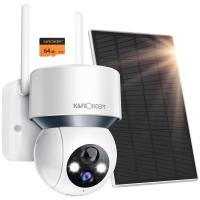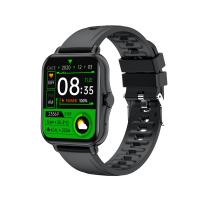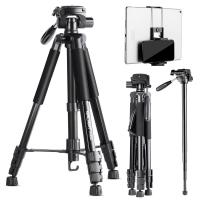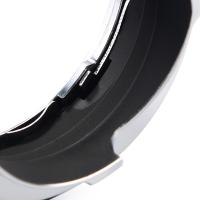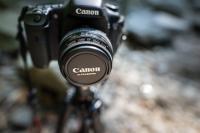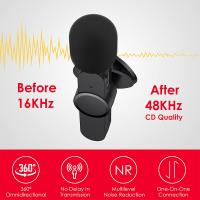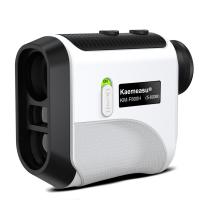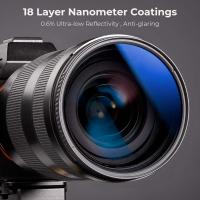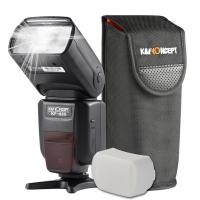What Camera Bag?
When it comes to photography, one of the most essential accessories that often gets overlooked is the camera bag. A good camera bag not only protects your valuable equipment but also helps you stay organized and ready for any shooting situation. In this article, we will delve into the various types of camera bags available, their features, and how to choose the right one for your needs. Whether you are a professional photographer or an enthusiastic hobbyist, understanding the different options can significantly enhance your photography experience.
Types of Camera Bags
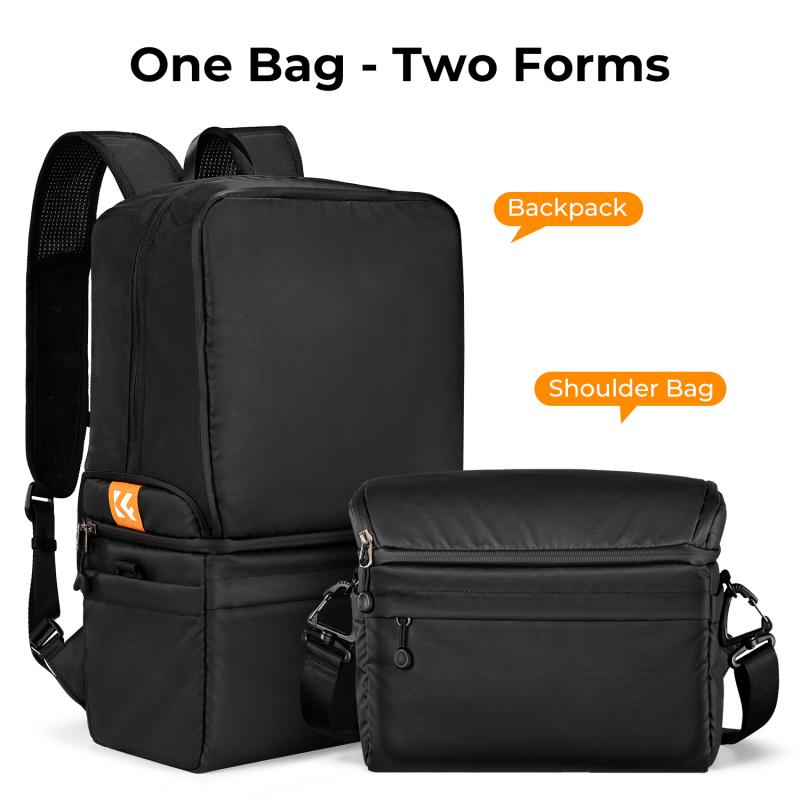
1. Backpacks
Camera backpacks are ideal for photographers who need to carry a lot of gear over long distances. They offer ample space and multiple compartments for cameras, lenses, tripods, and other accessories. Many camera backpacks also come with padded dividers that can be adjusted to fit your specific equipment, providing excellent protection.
Pros:
- Large storage capacity
- Comfortable for long periods
- Even weight distribution
Cons:
- Can be bulky
- Takes time to access gear
2. Shoulder Bags
Shoulder bags, also known as messenger bags, are popular for their easy access and stylish design. They are perfect for urban photographers who need to quickly grab their camera and start shooting. These bags usually have a single strap that goes over one shoulder, making them easy to swing around to the front for quick access.
Pros:
- Quick access to gear
- Stylish and versatile
- Lightweight
Cons:
- Can cause shoulder strain
- Limited storage capacity
3. Sling Bags
Sling bags are a hybrid between backpacks and shoulder bags. They have a single strap like a shoulder bag but are worn across the body like a backpack. This design allows for quick access to your gear while distributing the weight more evenly than a shoulder bag.
Pros:
- Quick access
- Better weight distribution than shoulder bags
- Compact and lightweight
Cons:
- Limited storage space
- Not as comfortable for long periods
4. Rolling Cases
For photographers who travel frequently, rolling cases are a great option. These bags come with wheels and a retractable handle, making it easy to transport heavy gear through airports or other travel hubs. They offer plenty of space and excellent protection for your equipment.
Pros:
- Easy to transport heavy gear
- Large storage capacity
- Excellent protection
Cons:
- Bulky and heavy
- Not suitable for rough terrain
5. Holster Bags
Holster bags are designed for photographers who need to carry just one camera and a lens. These compact bags are worn on the hip or over the shoulder and provide quick access to your camera. They are ideal for street photography or any situation where you need to be mobile and ready to shoot at a moment's notice.
Pros:
- Quick access
- Compact and lightweight
- Easy to carry
Cons:
- Limited storage space
- Minimal protection
Features to Consider

When choosing a camera bag, there are several features you should consider to ensure it meets your needs:
1. Size and Capacity
The size of the bag should be determined by the amount of gear you need to carry. Make sure the bag has enough compartments and dividers to keep your equipment organized and protected.
2. Comfort
Comfort is crucial, especially if you plan to carry your bag for extended periods. Look for bags with padded straps and back panels, as well as adjustable straps to ensure a good fit.
3. Accessibility
Quick access to your gear can make a significant difference, especially in fast-paced shooting environments. Consider how easy it is to reach your camera and lenses without having to take the bag off.
4. Protection
Your camera bag should offer adequate protection against bumps, drops, and the elements. Look for bags with padded compartments, weather-resistant materials, and sturdy construction.
5. Durability
A good camera bag should be built to last. Check the quality of the materials, zippers, and stitching to ensure the bag can withstand regular use.
6. Style
While functionality is paramount, the style of the bag can also be important. Choose a bag that suits your personal style and the environments in which you will be shooting.
How to Choose the Right Camera Bag
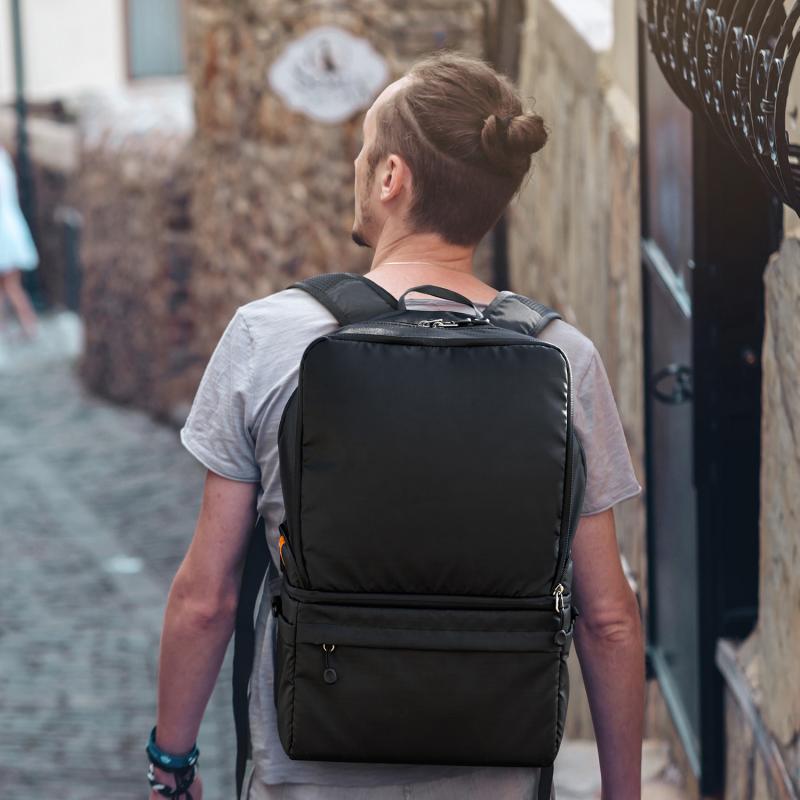
Choosing the right camera bag depends on several factors, including the type of photography you do, the amount of gear you carry, and your personal preferences. Here are some tips to help you make the right choice:
1. Assess Your Gear
Take an inventory of your camera equipment and determine how much space you need. Consider the number of cameras, lenses, and accessories you typically carry.
2. Consider Your Shooting Style
Think about the type of photography you do and the environments in which you shoot. For example, if you do a lot of street photography, a holster or shoulder bag might be more suitable. If you travel frequently, a rolling case could be the best option.
3. Try Before You Buy
If possible, visit a store and try on different camera bags to see how they feel. Pay attention to the comfort, accessibility, and overall fit of the bag.
4. Read Reviews
Look for reviews from other photographers to get an idea of the pros and cons of different bags. Pay attention to comments about durability, comfort, and ease of use.
5. Budget
Camera bags come in a wide range of prices, so consider your budget when making a decision. While it's important to invest in a good-quality bag, there are plenty of affordable options that offer excellent protection and functionality.
A camera bag is an essential accessory for any photographer, providing protection, organization, and convenience. With so many options available, it's important to choose a bag that meets your specific needs and preferences. By considering factors such as size, comfort, accessibility, protection, durability, and style, you can find the perfect camera bag to enhance your photography experience. Whether you're a professional photographer or an enthusiastic hobbyist, the right camera bag can make all the difference in your ability to capture stunning images.


